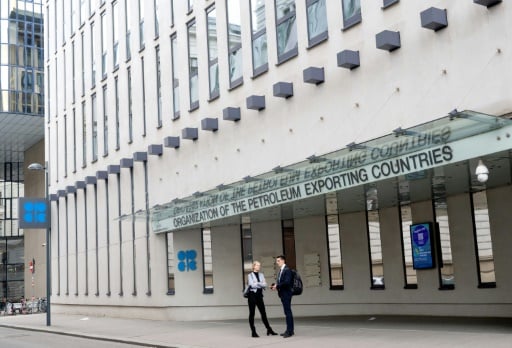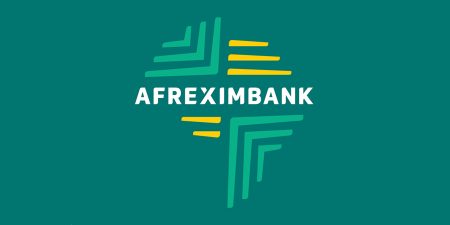The eight key members of the OPEC+ alliance, including Saudi Arabia and Russia, are set to convene on Saturday to discuss crude oil production levels for August. Market analysts widely anticipate another output increase, following the trend established in May, June, and July. This proactive approach to production adjustments reflects a shift in the alliance’s strategy, prioritizing market share gains over maintaining price stability. The backdrop for this meeting is a period of relatively low oil prices, hovering between $65 and $70 per barrel, and a recent surprise announcement by eight OPEC+ members, led by Saudi Arabia, of significant production increases starting in May, which subsequently led to a drop in prices.
The upcoming meeting, expected to be held virtually, will involve representatives from Saudi Arabia, Russia, Iraq, the United Arab Emirates, Kuwait, Kazakhstan, Algeria, and Oman – the so-called “Voluntary Eight” (V8). Experts predict these nations will agree to another production increase of approximately 411,000 barrels per day (bpd), mirroring the targets set for the preceding three months. This decision is likely to be publicly justified by citing low inventories and robust demand, factors that support a faster unwinding of previous production cuts implemented in 2022 to bolster prices. However, underlying this decision is the persistent issue of non-compliance with production quotas by some OPEC members, notably Kazakhstan and Iraq.
Saudi Arabia, a dominant force within OPEC+, may be leveraging these production hikes to exert pressure on members failing to adhere to their agreed quotas. By increasing supply and consequently lowering prices, Saudi Arabia effectively reduces the potential profits for those exceeding their allotted production levels, incentivizing compliance. However, it’s important to note that the actual increase in barrels reaching the market might be significantly less than the announced target. Analysts estimate that a 411,000 bpd increase could translate to a real-world increase of only 250,000 to 300,000 bpd, due to production limitations and other factors. This discrepancy highlights the complexities of managing oil production within a large and diverse alliance.
The anticipated output hike is unlikely to significantly impact current oil prices, as the market has already largely factored in the expected increase. This stability is further reinforced by the recent de-escalation of the conflict between Israel and Iran, which had briefly pushed prices above $80 per barrel due to concerns about potential disruptions to oil shipments through the Strait of Hormuz. While the conflict did raise anxieties about broader regional instability and the potential closure of this vital waterway, a crucial chokepoint for global oil supply, the absence of actual supply disruptions has minimized its impact on the oil market.
Furthermore, the OPEC+ alliance’s decision-making process is unlikely to be influenced by the recent Israel-Iran conflict. The brief surge in prices was quickly reversed as fears of a wider conflict subsided. The absence of any tangible disruption to oil flows reinforces the view that the conflict is not a major factor in the alliance’s production strategy. In fact, some analysts argue that the conflict might even encourage a continued, rapid increase in production as a precautionary measure, mitigating potential future disruptions should Iran’s oil production or export capacity be affected.
In summary, the upcoming OPEC+ meeting is expected to result in another production increase, reflecting the alliance’s current focus on market share and responding to perceived low inventory levels and strong demand. While officially justified by market fundamentals, the decision also serves as a mechanism to pressure members struggling to adhere to production quotas. The anticipated increase is unlikely to substantially alter current oil prices, which have stabilized following the recent Israel-Iran conflict. The conflict itself has had minimal impact on the oil market due to the lack of actual supply disruptions, and may even encourage further production increases as a safeguard against potential future instability.














